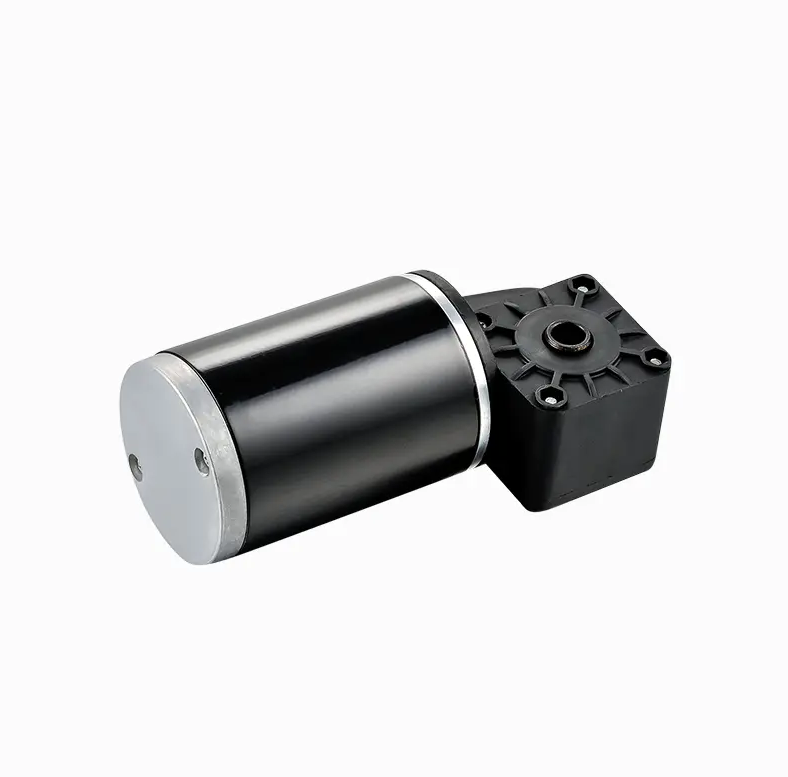The DC brushed motor is a widely used type of electric motor known for its simplicity, reliability, and ease of control. One of the key considerations when selecting or designing a system with a DC brushed motor is understanding what types of loads it is best suited to drive. The motor’s compatibility with different load characteristics greatly influences its performance, efficiency, and lifespan.
DC brushed motors excel when used with loads that require precise speed control and moderate torque. Because the motor speed is directly proportional to the applied voltage and can be easily adjusted by varying that voltage or the input current, it is ideal for applications where variable speed operation is necessary. This makes DC brushed motors a preferred choice in robotics, conveyor systems, and small machinery where controlling the speed and position of the load is essential.
The motor performs particularly well with constant torque loads, which demand a steady amount of torque regardless of speed changes. Examples of constant torque loads include fans, pumps, and mixers. These applications benefit from the smooth torque delivery of the brushed motor, as it can maintain performance without significant losses or instability. Additionally, DC brushed motors respond quickly to changes in load demand, which helps maintain system stability when the load fluctuates within a predictable range.
However, DC brushed motors may face challenges when driving highly variable or shock loads. Sudden spikes in load can cause excessive current draw, which may lead to overheating or increased wear on the brushes and commutator. Therefore, in applications with heavy starting loads or intermittent shock loads, protective measures such as current limiting, soft-start controllers, or gear reduction systems are often employed to safeguard the motor and improve durability.
Light inertial loads, where the mass or resistance to motion is low, are well matched with DC brushed motors. Because of their relatively low rotor inertia, these motors can accelerate and decelerate quickly, which is beneficial for applications requiring frequent start-stop cycles or rapid speed changes. Small electric tools, actuators, and precise positioning devices often fall into this category, leveraging the motor’s responsiveness and controllability.
When it comes to heavy loads requiring high starting torque, the DC brushed motor can still be used effectively if properly sized and paired with mechanical aids like gearboxes. Gear reduction helps multiply the torque output while reducing the motor’s speed to an appropriate level. This makes it possible to handle heavier industrial machinery or vehicles with reasonable efficiency. However, continuous heavy load operation can accelerate wear and necessitate more frequent maintenance of the brushes and commutator.
Overall, the DC brushed motor is versatile and well-suited for a broad range of load types, especially where variable speed and good torque control are important. It is best applied to moderate constant torque loads, light inertial systems, and applications requiring precise speed adjustments. Load types involving sudden shocks, excessive starting torque, or continuous heavy-duty use may require additional design considerations or alternative motor types.
In summary, choosing the right load for a DC brushed motor involves evaluating the load’s torque requirements, speed variability, and mechanical demands. Proper matching of load and motor not only optimizes performance but also extends motor life and reduces maintenance needs. This understanding enables engineers and designers to fully harness the strengths of DC brushed motors in various industrial, commercial, and hobbyist applications.
Key Features:
1. Permanent magnet design: The motor incorporates permanent magnets that generate a strong magnetic field, resulting in higher torque density and improved overall efficiency.
2. Brushed technology: This motor utilizes traditional brushed technology, making it easier to maintain and repair. It also ensures smooth communication, providing reliable and consistent performance.
3. Compact and lightweight: The compact and lightweight design of the motor allows for easy integration into electric scooters, without compromising on performance or functionality.
4. Wide speed range: The motor offers a wide speed range, allowing riders to choose their preferred speed for different road conditions and riding styles.
5. Long life span: DC Brush Motor is built to last, with a robust construction and high-quality materials. It can withstand rigorous use and offers a long service life.
